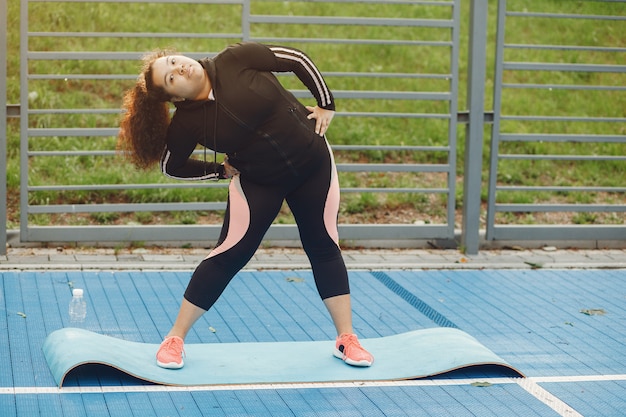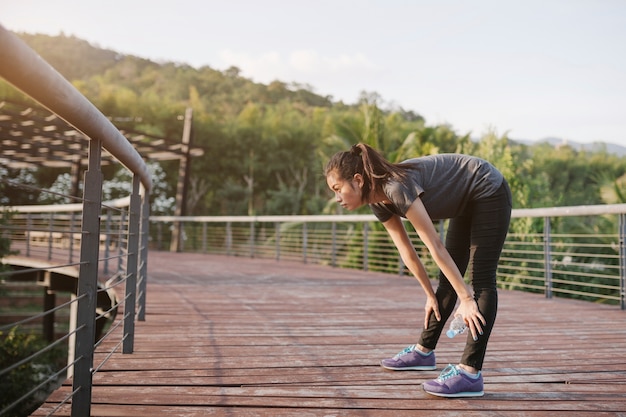Flexibility is often overlooked in a runner’s training plan—especially when compared to mileage, speed work, or strength training. Yet, it plays a crucial role in performance, injury prevention, and long-term running sustainability. This comprehensive flexibility checklist gives runners a practical, science-backed approach to improving mobility, with tracking ideas and motivation cues to keep you consistent.
While runners naturally focus on leg strength and cardiovascular endurance, tight muscles—especially in the hips, hamstrings, calves, and upper body—can hinder stride efficiency, increase injury risk, and reduce recovery speed. According to Runner's World, upper-body flexibility is often neglected but significantly impacts posture, breathing, and arm drive during runs.
Improved flexibility enhances range of motion, reduces muscle stiffness, and supports better biomechanics. Over time, this leads to smoother strides, less fatigue, and faster recovery between runs.

Use this checklist as a guide to structure your flexibility routine. Perform these stretches 3–5 times per week, ideally after a run or as a standalone mobility session.

Incorporate yoga sequences like downward dog, pigeon pose, warrior series, and cat-cow. These improve both flexibility and core stability—key for efficient running form.
Consistency is key. Use these tracking methods to stay on course:
Motivation fades—systems last. Use these cues to build a lasting habit:
Flexibility isn’t a luxury—it’s a necessity for runners who want to perform at their best and stay injury-free. By integrating this checklist into your routine, tracking progress, and using motivation cues, you’ll build a sustainable practice that supports every mile you run.
Start small, stay consistent, and watch how improved flexibility transforms your running experience.

Fitness

Fitness

Fitness

Fitness

Wellness

Wellness

Fitness

Fitness

Fitness

Fitness

Fitness

Fitness

Health

Fitness

Health

Health